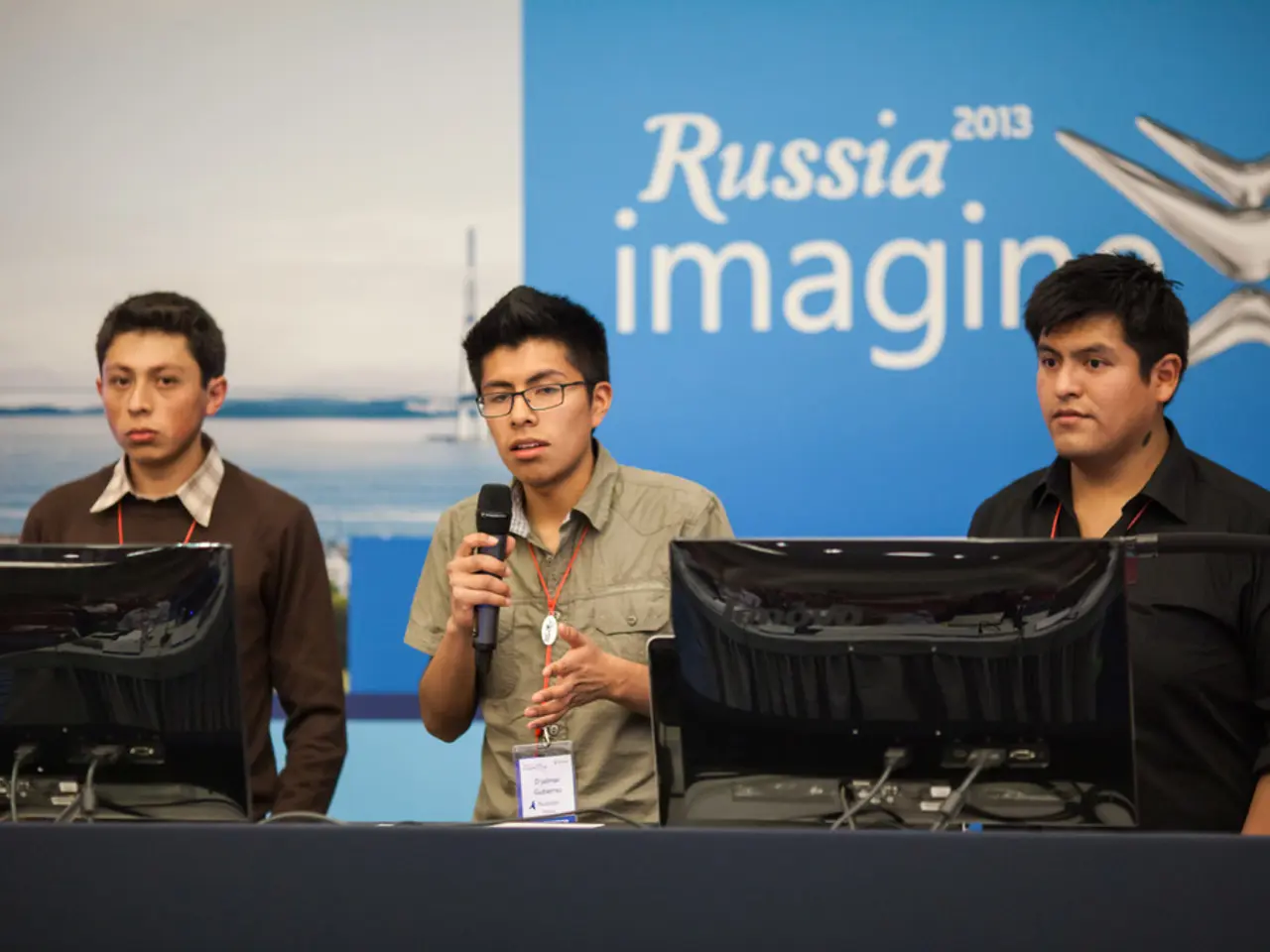Meeting Evaluation: Following Trump's Near-Loss, Putin Secures Favorable Summit Meet
In a highly anticipated meeting on August 15, 2025, US President Donald Trump and Russian President Vladimir Putin convened in Anchorage, Alaska, with the aim of ending the ongoing Ukraine war. However, the summit ended without a concrete peace deal [2][4].
According to Stefan Meister, a Russia analyst at the German Council on Foreign Relations, the two leaders had different objectives for the summit. While Trump's primary goal was to bring an end to the war, Putin was seeking a strategic repositioning of Russia [3].
Alexander Gabuev, director of the Carnegie Russia Eurasia Center in Berlin, further elaborated on Putin's potential strategies. He suggested that Putin could pursue a favorable deal with Trump that the US president successfully forces upon Ukraine, or a deal that Zelenskyy refuses, leading the US to withdraw from Ukraine [3]. In such a scenario, Putin could also continue his current path for another 12 to 18 months, expecting Ukraine to run out of soldiers before the Russian war economy does [3].
The exact territorial concessions under discussion remain undisclosed, with Rubio noting that the war can only end if "each side gets something and each side gives something," implying territorial tradeoffs [1]. Analysts from Chatham House and Atlantic Council reported that no deal emerged from the Trump-Putin meeting, indicating that these complex issues remain unresolved and may require further rounds of talks [3][4].
Ukrainian President Zelensky will not be present during the negotiations regarding his country's land. Instead, he is scheduled to meet with Trump and European leaders to discuss possible terms that both sides could accept [1].
Meister added that Putin's goals are more fundamental, focusing on his legacy and Russia's position after the war, which creates a different willingness to pay costs [3]. Gabuev also highlighted that Putin understands that Trump is willing to offer things few other American leaders would ever consider, which could help Russia fracture Ukraine and divide the Western alliance [3]. However, Putin will not agree to a sovereign Ukraine with a strong military, aligned with the West, that is able to make its own arms [3].
In summary, the summit in Anchorage did not yield a concrete peace deal for Ukraine. The US position, as communicated by officials, is seeking a full peace agreement necessitating concessions from both Russia and Ukraine [1]. Exact territorial concessions remain undisclosed, with Zelensky and European leaders soon to join talks [1]. The pursuit of peace continues, but the details of territorial concessions have yet to be made public.
- The ongoing war in Ukraine, despite the inconclusive summit between US President Donald Trump and Russian President Vladimir Putin, remains a topic of conversation in the realm of politics and general news.
- In the aftermath of the meeting, it became clear that Putin had a more extensive agenda than ending the war, seeking to influence the future of Russia and secure his legacy.
- As for the immediate future, we may see continued negotiations between Ukrainian President Zelensky and international leaders regarding potential territorial concessions in Ukraine's real estate sector.
- The economic implications of these negotiations, particularly in relation to war-and-conflicts, policy-and-legislation, and the global economy, remain uncertain and will be under close scrutiny in the coming days and weeks.




